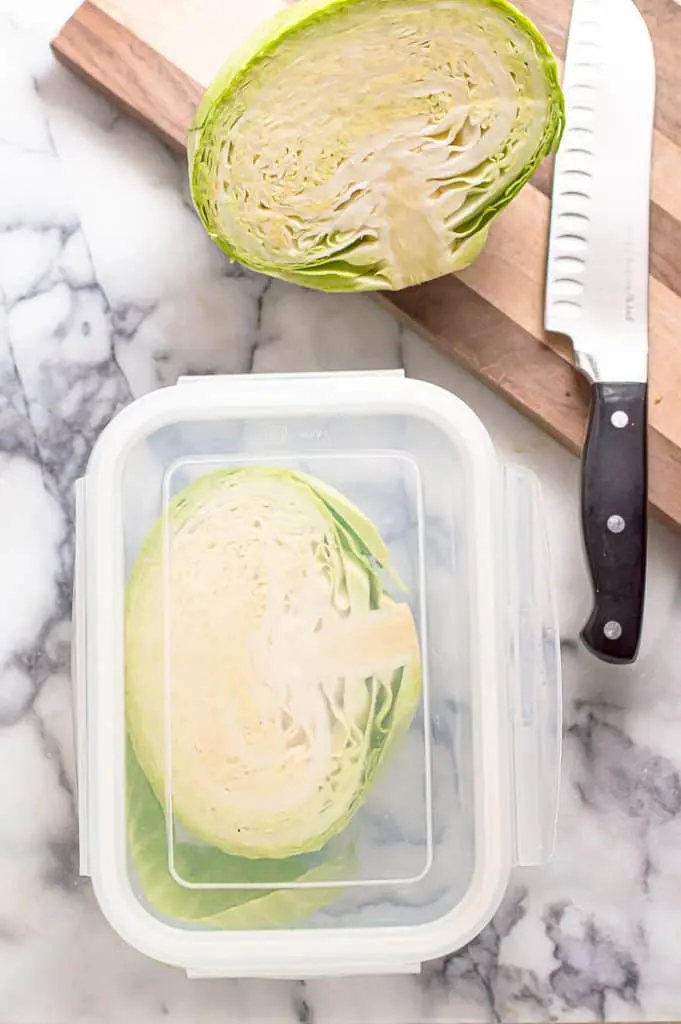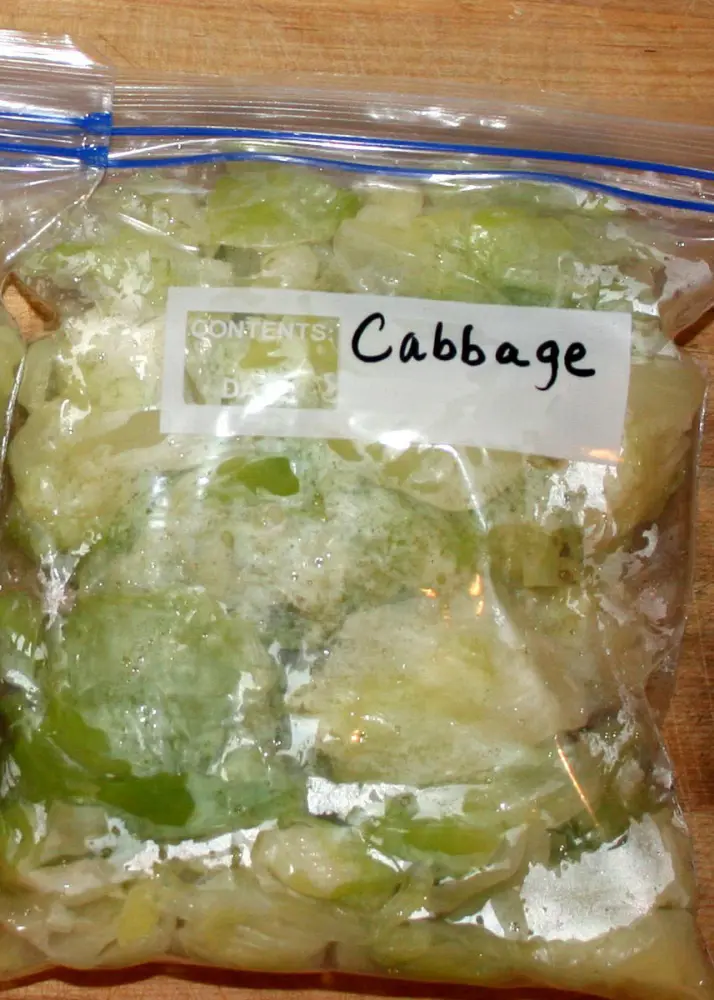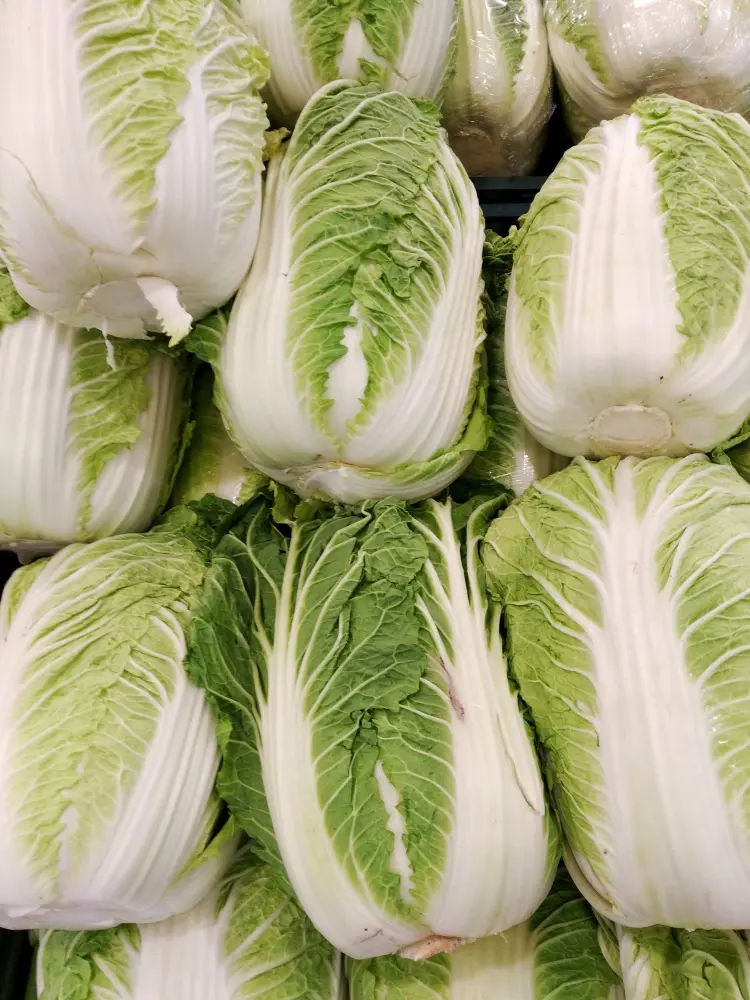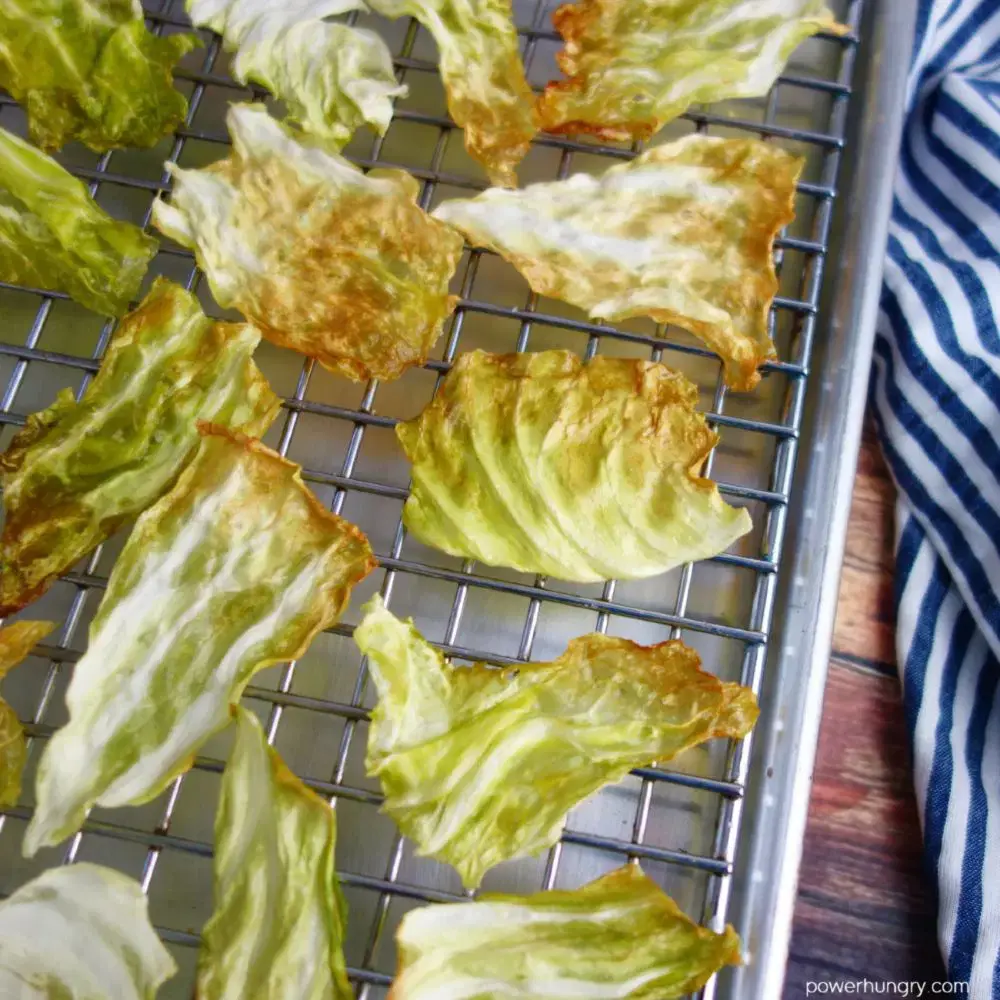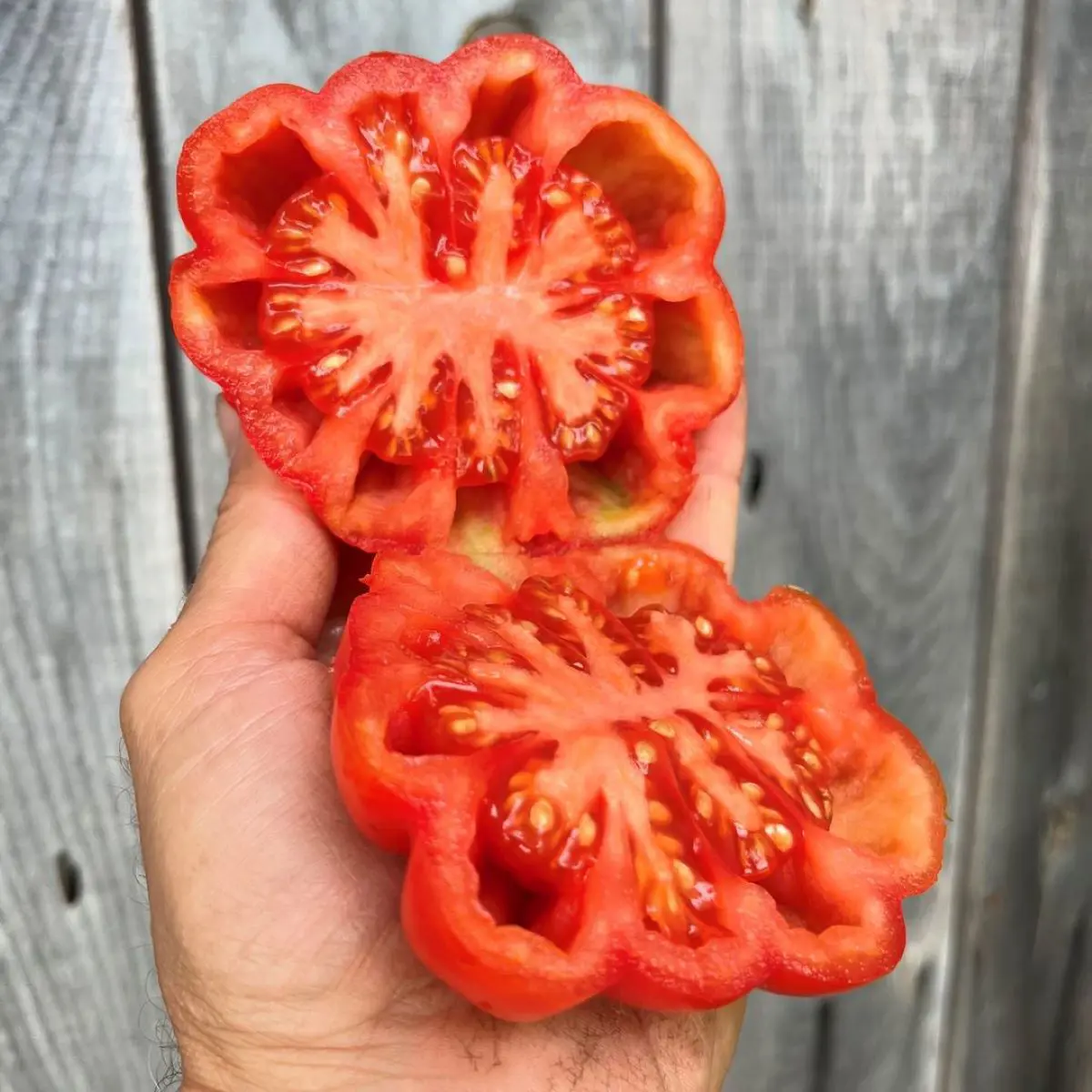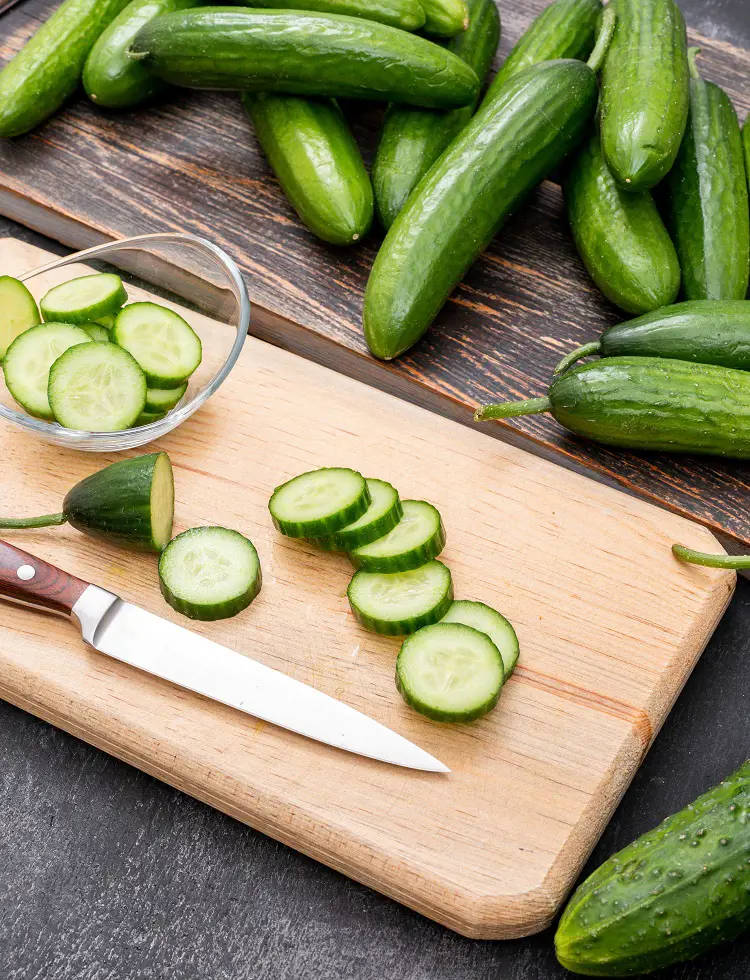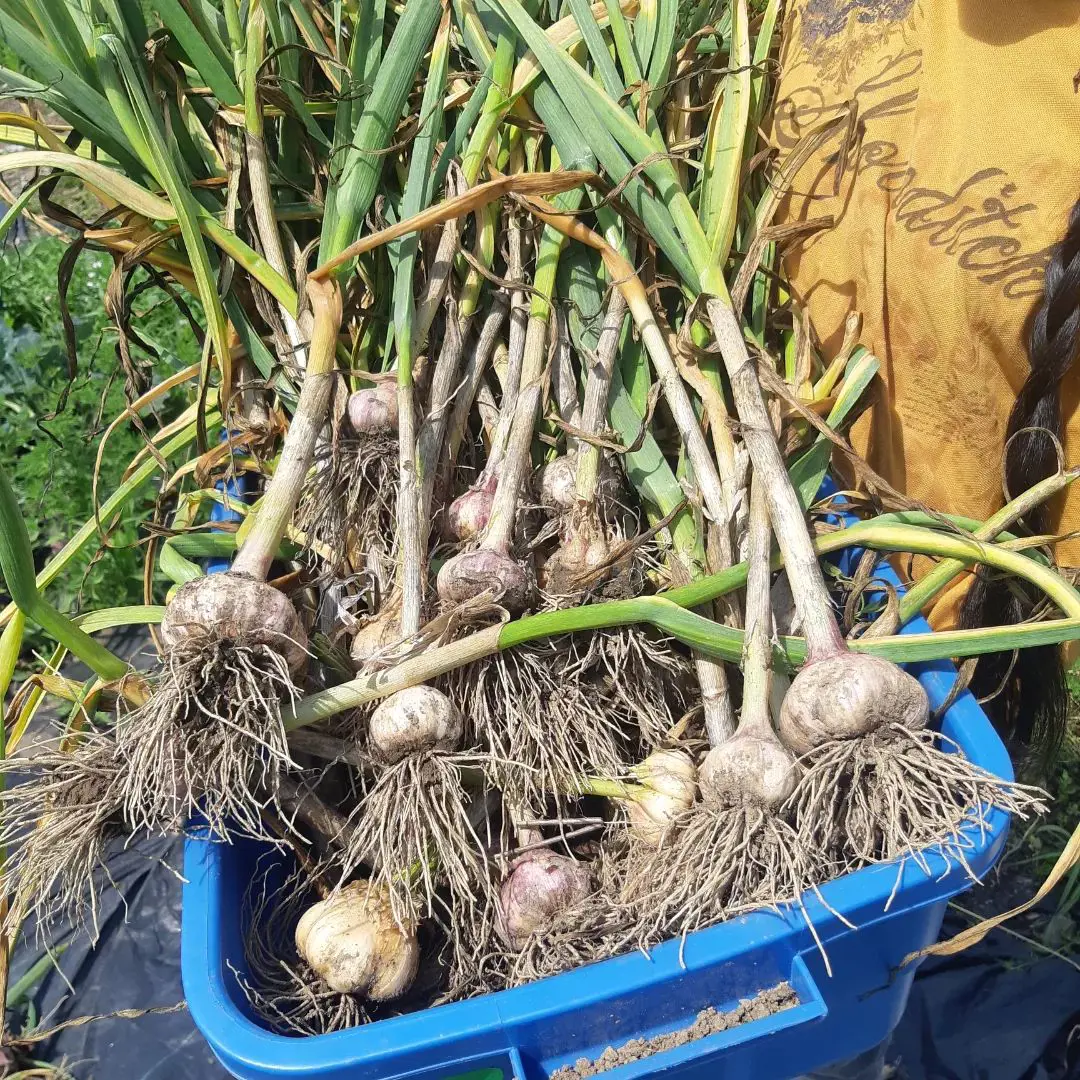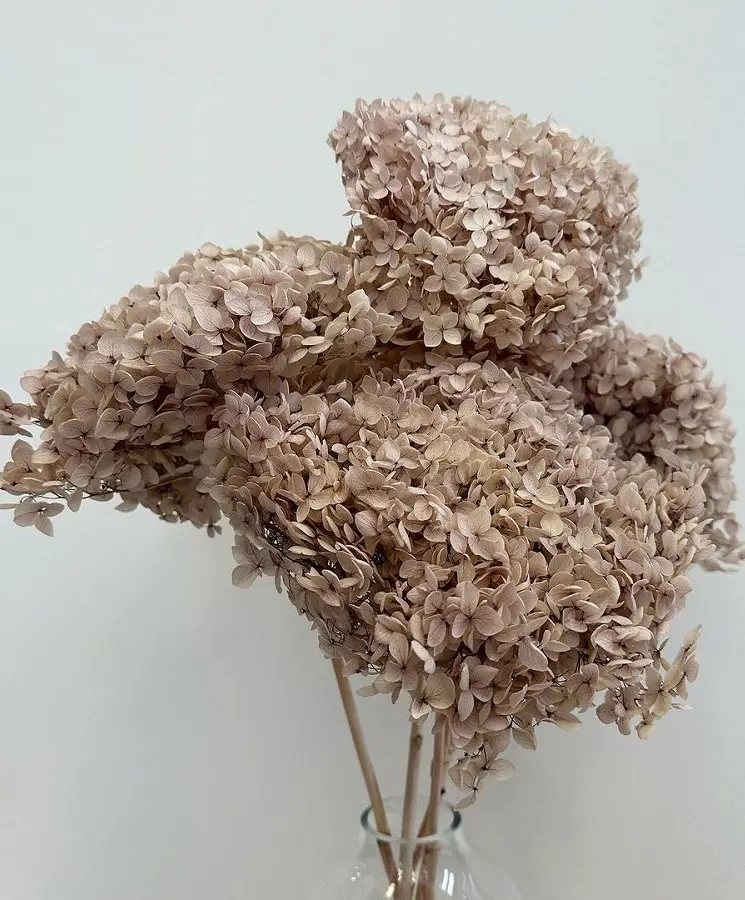1. Refrigeration in the Crisper Drawer

To store your cabbage in the refrigerator, you'll need to first remove any loose or damaged outer leaves off the head. Don't wash it before storing it; excess moisture will encourage mold.
Then place the whole head of cabbage into a perforated plastic bag or loosely wrap it in plastic wrap; this way, it allows air to circulate while helping to retain some moisture.
Finally, place the wrapped cabbage in your refrigerator crisper drawer, whose humidity level remains largely constant, thereby acting to keep the cabbage fresh for longer periods.
Benefits
- Simple and Effective: This method is easy and requires minimal preparation.
- Moderate Shelf Life: Keeps cabbage fresh for up to two weeks.
- Preserve Nutrients: Retains most of the cabbage’s nutritional value.
